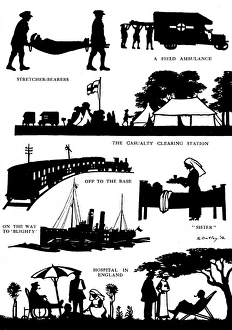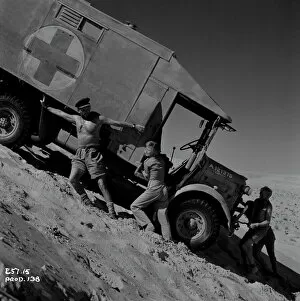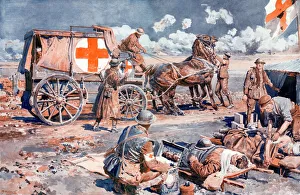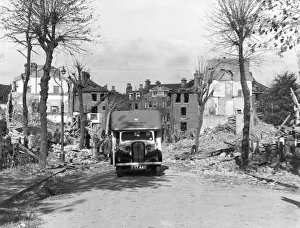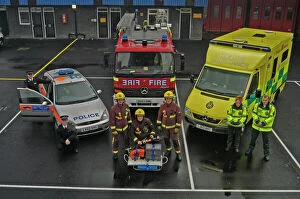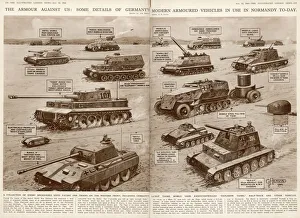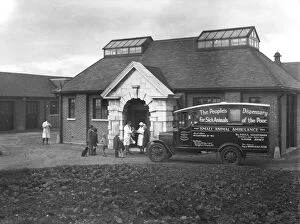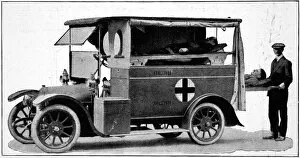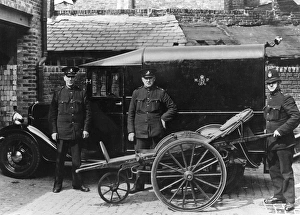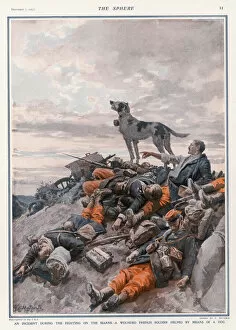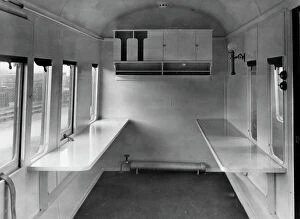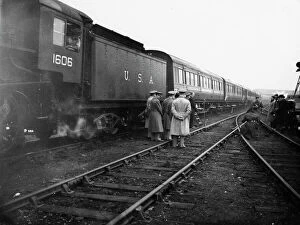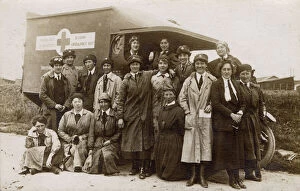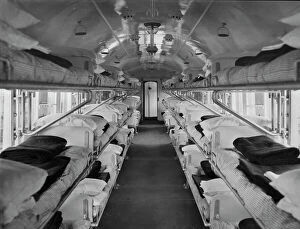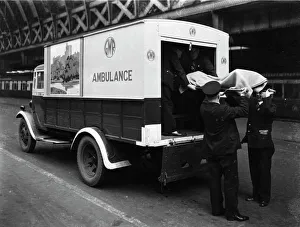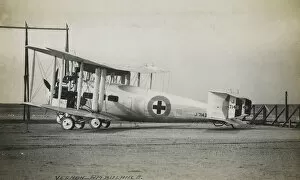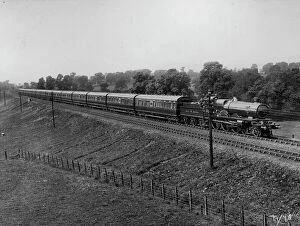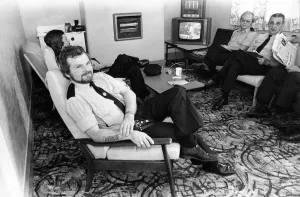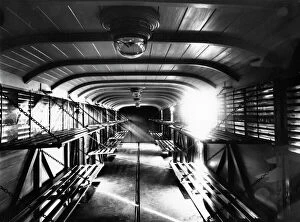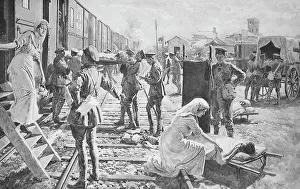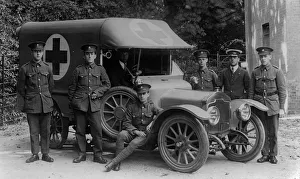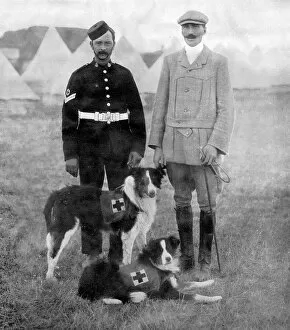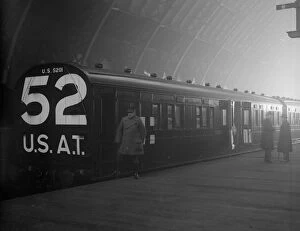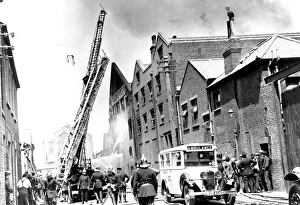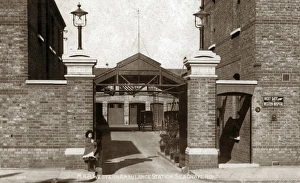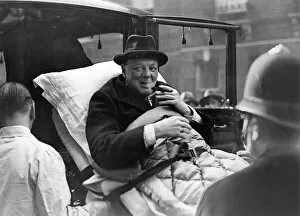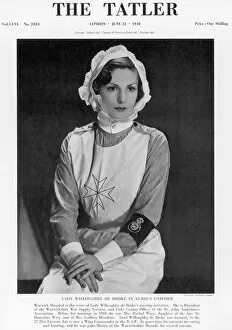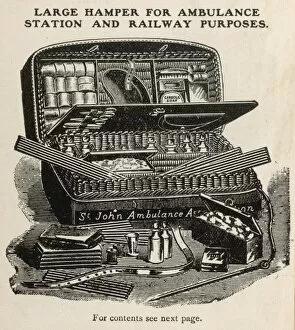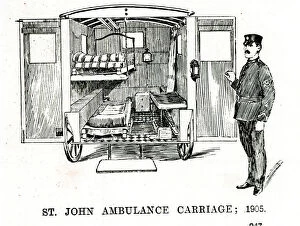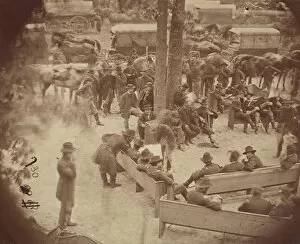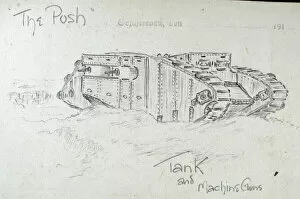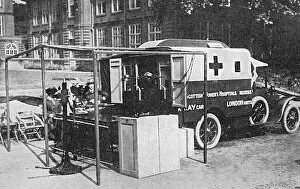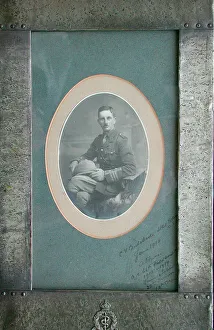Ambulance Collection
During times of war, the ambulance becomes a symbol of hope and salvation amidst chaos and destruction
All Professionally Made to Order for Quick Shipping
During times of war, the ambulance becomes a symbol of hope and salvation amidst chaos and destruction. In Brampton Road, Bexleyheath during World War II, the devastating bomb damage left behind a haunting reminder of the resilience displayed by these life-saving vehicles. Silhouettes from World War I reveal wounded soldiers being tenderly transported in ambulances, highlighting the crucial role they played in providing medical care to those who risked their lives for their countries. In the iconic still image from "Ice Cold In Alex" (1958), an ambulance stands as a testament to courage and determination as it navigates treacherous terrains during wartime. It serves as a powerful reminder that even in moments of darkness, humanity's unwavering spirit shines through. At an Advanced Dressing Station on the Western Front captured by Matania's artistry, brave medics work tirelessly inside ambulances to save lives amid relentless warfare. Their selflessness embodies the true essence of heroism. The Blitz in London witnessed countless acts of bravery where ambulances raced through rubble-filled streets like beacons of hope. One such scene at Ladywell, Lewisham during World War II showcases an ambulance standing tall against adversity. Ambulances have evolved over time into multi-service emergency vehicles equipped with state-of-the-art technology and highly skilled personnel ready to respond swiftly to any crisis that arises. Stepping inside an MAB First Ambulance Interior reveals a world filled with compassion and expertise; every inch designed meticulously to provide comfort and aid when every second counts. German Armoured Vehicles from 1944 remind us that even amidst conflict there is room for compassion. These transformed machines served not only as instruments of war but also carried injured soldiers away from danger zones towards safety and medical assistance. P. D. S. A. AMBULANCE signifies dedication beyond borders - regardless of nationality or background - united under one mission: saving lives wherever they may be.

